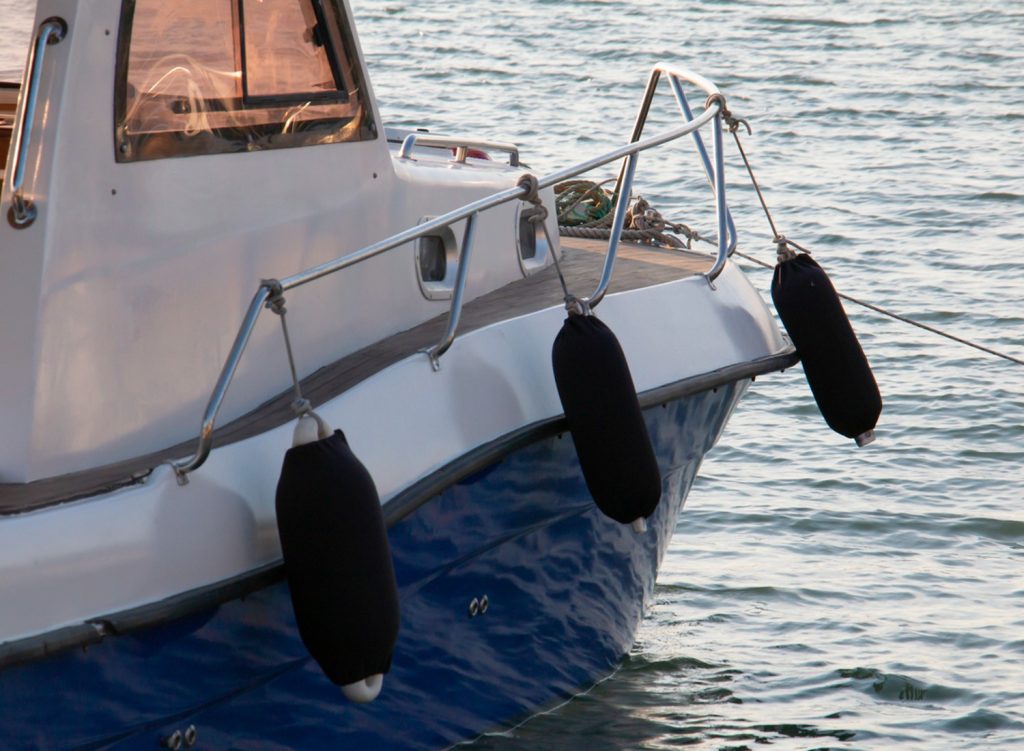10 Boat Docking Tips That Just Might Extend the Life of Your Boat

- 1 Approach Slowly and Cautiously
- 2 Use Fenders and Bumpers
- 3 Master the Wind and Current
- 4 Practice in Different Conditions
- 5 Have a Crew Member Ready to Assist
- 6 Know Your Boat's Dimensions
- 7 Approach at a 45-Degree Angle
- 8 Utilize Spring Lines
- 9 Be Mindful of Propeller Wash
- 10 Stay Calm and Focused
- 11 Conclusion
- Related Posts
Navigating the waters and gracefully bringing your boat into the dock are essential skills for any boat owner. The art of docking isn’t just about avoiding embarrassing mishaps; it directly influences the longevity and condition of your beloved vessel. Whether you’re a seasoned sailor or a newcomer to the boating world, these ten boat docking tips enhance your skills and, in turn, extend the life of your boat.
From mastering the influence of wind and current to utilizing strategic tools like fenders and bumpers, each tip contributes to a seamless docking experience. So, let’s delve into these valuable insights and ensure your boat remains in pristine condition with every docking maneuver.
Approach Slowly and Cautiously
The key to a successful docking is a slow and controlled approach. As you near the dock, reduce your speed to a minimum while maintaining control of the boat. This allows you to assess the conditions and make any necessary adjustments before the final docking maneuver.
Use Fenders and Bumpers
Protect your boat’s hull from potential damage by strategically placing boat fenders and dock bumpers along the sides. These cushioning devices act as a barrier between your boat and the dock, preventing scratches, dents, and other damages caused by friction.
Master the Wind and Current
Understanding the impact of wind and current on your boat is essential for precise docking. Consider these elements when approaching the dock and plan your maneuvers accordingly. Approach against the wind or current whenever possible, giving you better control over the docking process.
Practice in Different Conditions
Practice makes perfect, and this holds true for boat docking. Familiarize yourself with the docking procedure in various conditions, such as different wind directions, currents, and even different times of the day. This will build your confidence and improve your ability to handle unexpected situations.
Have a Crew Member Ready to Assist
If you have a crew on board, utilize their assistance during the docking process. A crew member stationed on the dock can help secure lines and communicate any adjustments needed. Clear and concise communication between the boat and the dock is crucial for a smooth docking experience.
Know Your Boat’s Dimensions
Understanding the dimensions of your boat is fundamental for successful docking. Be aware of the length, width, and draft of your vessel. This knowledge is essential for calculating the required space, preventing collisions, and ensuring that your boat fits comfortably in the designated docking area.
Approach at a 45-Degree Angle
Instead of heading directly toward the dock, approach at a 45-degree angle. This angle allows for better visibility and control during the docking process. You can adjust your angle as needed once you’re closer to the dock.
Utilize Spring Lines
Spring lines play a crucial role in docking, helping to control the boat’s movement and prevent it from drifting away. Secure a spring line to a cleat on the dock before bringing the boat alongside. This line will act as a pivot point, allowing you to control the boat’s position more effectively.
Be Mindful of Propeller Wash
The propeller wash generated by your boat’s engines can affect the surrounding water, potentially causing turbulence and making docking more challenging. Be mindful of the propeller wash’s impact on the boat’s maneuverability and adjust your approach accordingly.
Stay Calm and Focused
Lastly, maintain a calm and focused demeanor during the docking process. Panicking or rushing can lead to mistakes that may damage your boat or the dock. Take your time, assess the situation, and confidently execute your docking plan.
Conclusion
Mastering the art of boat docking is a valuable skill that can significantly impact the lifespan of your vessel. By incorporating these ten tips into your docking routine, you’ll enhance your boat’s safety and contribute to a more enjoyable and stress-free boating experience. Practice and patience are key to becoming a proficient boat dock master.
